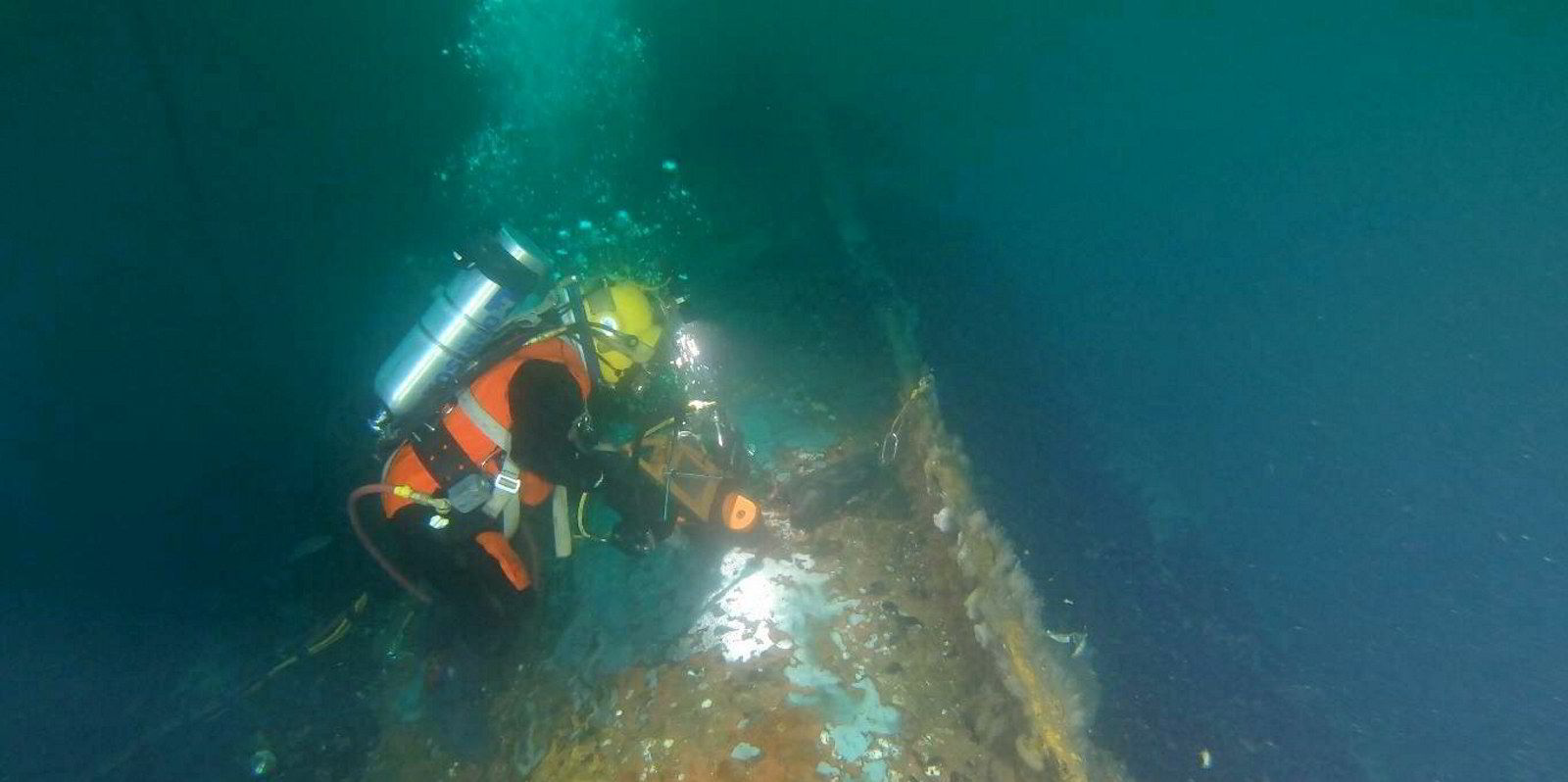As if the threat to life and vessels of the missile and drone attacks on one of the world’s most important shipping lanes was not enough, the crisis in the Red Sea and the Gulf of Aden also represents a blow to efforts to reduce container shipping’s carbon footprint.
Data from maritime technology firm CargoMetrics shows that for ultra-large container vessels, daily CO2 emissions per teu were 24% higher in the first 10 days of 2024 alone compared with the average for 2023.
The firm’s data showed that neopanamax vessels had a jump of 17%, with the overall container ship fleet rising by 7%, according to the Boston-based company, which has been rolling out new shipping emissions data products on the Amazon Data Exchange.

The Houthi attacks on shipping in the Red Sea and Gulf of Aden have led many vessels to avoid the Suez Canal in favour of routes around the Cape of Good Hope that can add 4,000 nautical miles (7,400 km) or 10 days to a voyage.
CargoMetrics chief executive Jes Scully said that amid continued strong demand for container shipping, the Red Sea disruption had impacted a trade lane with more vessels that are also larger.
Those container ships, and the goods they carry, are going to find a way to get to their destination and are facing pressure to get there on time, he said.
“If you look at a vessel on its voyage for any period of time, more of it is spent in a stretch or an activity where the vessel can transit at higher speed,” Scully told TradeWinds.
“So the complexion of a voyage around the Cape of Good Hope is just fundamentally different than the complexion of it going through the Suez Canal, and as a result of that, you have the larger vessels travelling at both absolute higher speeds but also spending more time at those higher speeds.”
The wet and dry bulk sectors have not seen a similar jump in emissions.
Scully said previous disruptions like the Suez Canal blockage in 2021 have seen vessel routes return to normal fairly quickly, although it could take some time for shipping companies to feel comfortable returning the the Red Sea after it is declared safe.
Despite the rise in absolute container ship emissions, data from Veson Nautical shows that their scores on the International Maritime Organization’s Carbon Intensity Indicator regulation may be safe.
The rules grade vessels based on their greenhouse gas emissions, the amount of cargo they can carry and the distance travelled.
Veson head of data science Simon Rowse told TradeWinds that an ultra-large container vessel that would emit 1.13 grams of CO2 per tonne-nautical mile on a Suez Canal route from China to Spain would pump out 6% less per tonne-nautical mile on a longer Cape of Good Hope voyage.
That is because of the way longer distances impact the calculation of a Carbon Intensity Indicator score.
But he said the ship would emit 50% more CO2 overall on the longer route.
“The regulation does not account for the vessel using the most efficient route,” Rowse said. “It simply measures the efficiency of the vessel on the route travels.”




